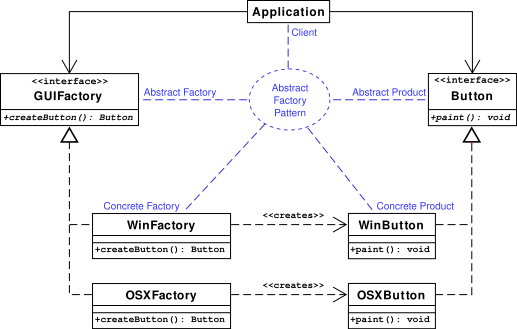Mobile phone maker Nokia announced the launch of its most affordable handset
 - Nokia105 in the Indian market aimed at first time buyers.
- Nokia105 in the Indian market aimed at first time buyers.
Priced at 1,249, the phone is a colorful introduction to the Nokia range for first time buyers and is the lowest priced color screen entry phone available in the Indian market, a company release said here.
A successor to the highly successful Nokia 1280, which sold more than 100 million units in its lifetime, the Nokia 105 offers high quality handset design and everyday essentials like FM radio, a speaking clock and flashlight, making it ideal for first-time buyers, it added.
T S Sridhar, Regional General Manager (South), Nokia India, said the handset marks the end of black and white screen era in the domestic phone market.
 - Nokia105 in the Indian market aimed at first time buyers.
- Nokia105 in the Indian market aimed at first time buyers.Priced at 1,249, the phone is a colorful introduction to the Nokia range for first time buyers and is the lowest priced color screen entry phone available in the Indian market, a company release said here.
A successor to the highly successful Nokia 1280, which sold more than 100 million units in its lifetime, the Nokia 105 offers high quality handset design and everyday essentials like FM radio, a speaking clock and flashlight, making it ideal for first-time buyers, it added.
T S Sridhar, Regional General Manager (South), Nokia India, said the handset marks the end of black and white screen era in the domestic phone market.
"The very human and fresh design of Nokia 105 makes it distinct in this price range, and utterly modern despite a traditional form factor. Our most affordable device with some of the best category features is the ideal handset for first time buyers to enjoy the benefits and experiences of mobility," Sridhar said.
























